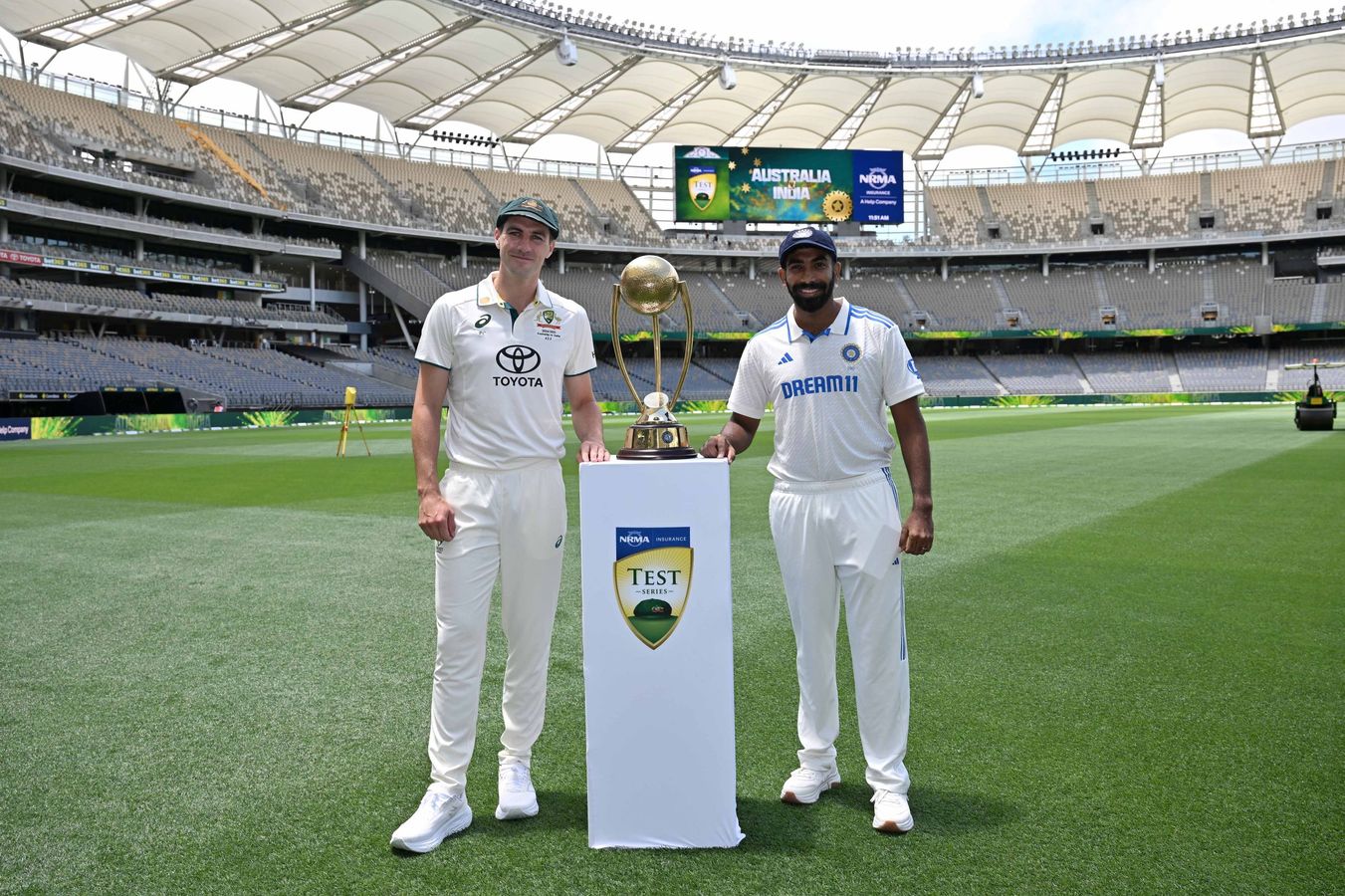 |
|
The image of Jasprit Bumrah and Pat Cummins, the respective captains for the upcoming Perth Test, standing proudly with the coveted Border-Gavaskar Trophy, encapsulates a significant moment in the cricketing world. Both men, renowned for their exceptional bowling skills rather than their batting prowess, represent a unique dynamic in leadership within the sport. The fact that both captains are bowlers underscores a shift, perhaps, in the traditional perception of captaincy, where batting all-rounders often dominated the role. This development speaks volumes about the strategic importance of bowling in modern-day Test cricket, a format demanding not just consistent run-scoring but also astute tactical bowling planning and execution.
The significance of the photograph extends beyond the simple act of two captains posing with a trophy. The Border-Gavaskar Trophy itself represents a fierce rivalry between India and Australia, two cricketing giants with a long history of intensely contested matches. The trophy is a symbol of cricketing supremacy, and the image of the captains together suggests a mutual respect and acknowledgment of the high stakes involved in the series. Their shared hope that the tradition of having bowler captains continues indicates a belief in the value of their respective styles of leadership and a recognition of the increasingly important role of the bowling attack in Test matches.
Beyond the immediate context of the Perth Test, the image and the captains' statements offer food for thought on leadership qualities in professional sports. While traditional captaincy roles often favored batsmen, capable of both influencing the game's direction and exhibiting considerable individual skill with the bat, the rise of bowler-captains suggests a recognition of different leadership styles. Bowlers, through their on-field tactics and relentless pressure on the batting side, often orchestrate a team’s success through strategic planning and calculated risk-taking. The success or failure of a Test match often hinges on the performance of the bowling unit, making a shrewd captain who understands this aspect crucial for victory. This shift reflects a broader trend of appreciating diverse leadership attributes and challenging conventional norms in sports leadership.
The shared hope that the tradition of having bowler captains will continue speaks to a sense of shared identity and understanding amongst both teams. It suggests that perhaps the qualities of shrewdness, calculated risk, and relentless pressure are valuable assets not just on the cricket field but in the leadership roles themselves. This shared sentiment also reflects the growing appreciation for the importance of a strong and cohesive team dynamic. Both Bumrah and Cummins recognize that leadership is not solely about individual skill but also about fostering a collective sense of purpose and strategy within the team.
In conclusion, the seemingly simple image of two bowler-captains posing with a trophy holds much deeper significance. It represents a shift in traditional leadership dynamics in cricket, a testament to the importance of strategic bowling in Test matches, and a shared understanding of leadership styles that emphasize tactical planning and team cohesion. This image resonates beyond the sporting world, suggesting that leadership in any field benefits from diverse approaches and perspectives.
Source: Captains Bumrah, Cummins pose with Border-Gavaskar Trophy
